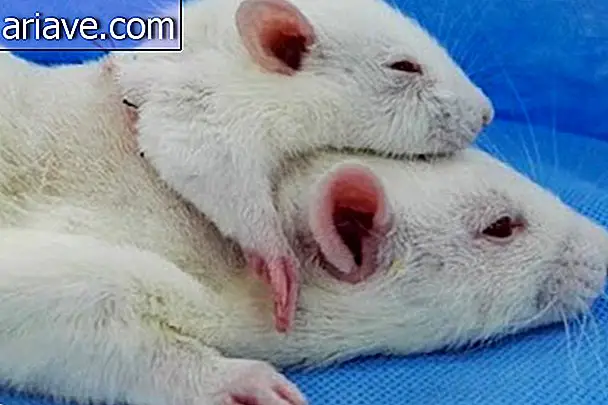DNA tests reveal hitherto unknown origin of Inca civilization
Discoveries about the Inca civilization never fail to fascinate us. However, despite being the largest empire on the American continent, little is known about the origins of those responsible for the city of Machu Picchu, now located in Peru. This whole mystery encouraged researchers at the University of San Martín de Porres in Lima to create a genetic profile of Inca descendants and find out once and for all where the people who extended their reign throughout South America came from.
To start trying to unravel this timeline, scientists used the Incan legends as a starting point. One of these stories tells that the people emerged on the shores of Lake Titicaca, while another claimed that the origins would be linked to two brothers who lived in the Cusco region. Based on this, they took DNA samples from residents of both regions and began testing.

“It's like a paternity test, but instead of being between parent and child, it's between people, ” explained Ricardo Fujita, one of the university's researchers. With DNA testing of about 3, 000 people at hand, Fujita and his research colleagues found that the region's folklore had a real background, as there were similarities between the residents of these places and the living descendants of the Inca nobility.
Results are promising
The initial findings of the research indicate that the first migration of these people took place from the Puno region, on the shores of Titicaca, and crossing almost half of the country until reaching the beaches of the Pacific Ocean, where Pacaritambo is today. The Incas settled there for a few decades before migrating again, until they reached Cusco and founded Tahuantinsuyo, as the Inca empire was called in the local language.
These are only initial results, but researchers believe they can find out even more about the origins of the people. To do so, they intend to search for mummies and older DNA samples to continue tracing the Incan routes across the continent. A complicated task, as much was completely destroyed with the arrival of the Spaniards in 1532, but it should continue to reveal more details of the past.
***
Do you know the Mega Curioso newsletter? Weekly, we produce exclusive content for lovers of the biggest curiosities and bizarres of this big world! Register your email and do not miss this way to keep in touch!











